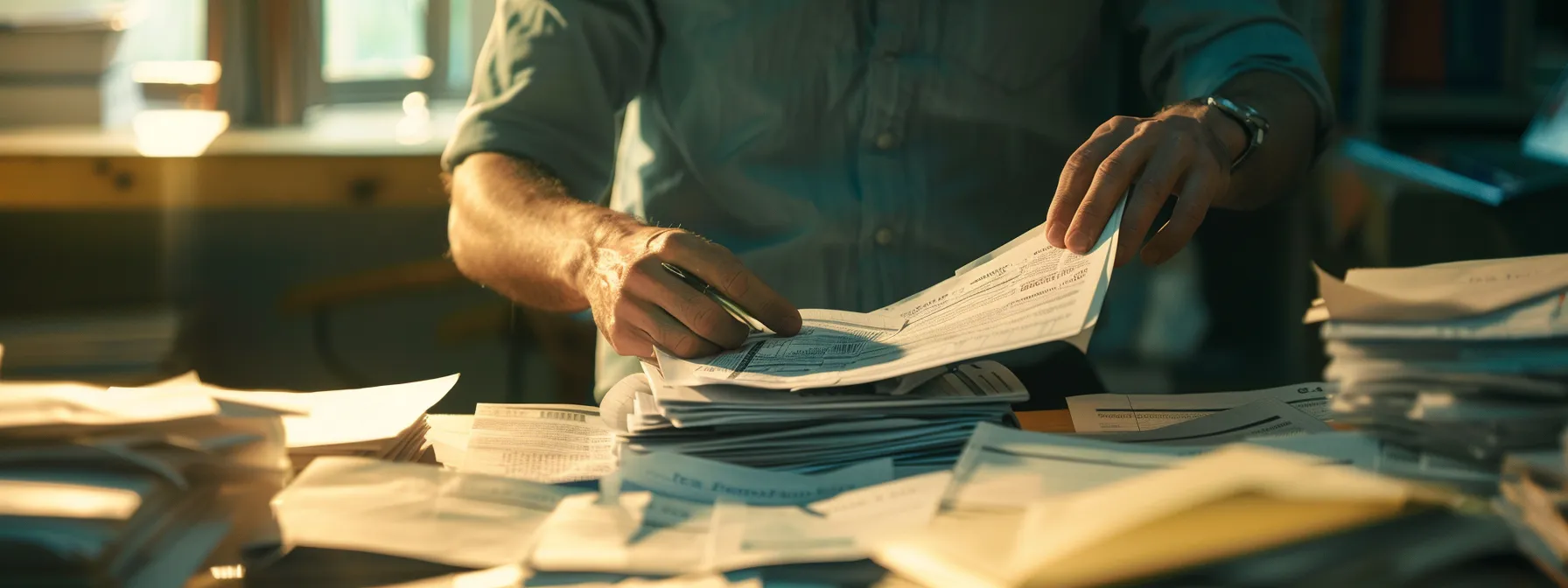Tips for Climbing Out of Tax Debt
Tax debt can induce significant stress and financial uncertainty. When facing the Internal Revenue Service (IRS), it’s essential to have a strategy to manage and ultimately overcome your tax liabilities. Educating yourself about the nature of tax debt, potential solutions, and preventive measures can make a significant difference in your financial health. Below, you’ll find expert tips to guide you through the process of handling your tax debt effectively. Keep reading to learn how to navigate these choppy financial waters with confidence.
Understanding the Basics of Tax Debt and IRS Policies

Tackling tax debt starts with a foundational understanding of what it entails. Tax debt occurs when you owe more taxes to the IRS or state tax authority than you’ve paid. This can result from underpaying taxes, failing to file tax returns, or being subject to an audit that uncovers additional liabilities. Knowing the reasons behind your tax debt is critical for addressing the situation effectively.
The IRS has specific policies and procedures for collecting unpaid taxes. Interest and penalties can accumulate rapidly on unpaid taxes, increasing debt over time. Understanding these penalties, as well as your rights as a taxpayer, is vital. The IRS typically sends a series of notices, beginning with a bill for the amount you owe, and it’s crucial to respond to these promptly.
There’s also an opportunity to work with tax relief helpers California, among other states, who specialize in helping individuals and businesses deal with tax debt. These professionals can provide guidance tailored to your unique financial situation and help you understand how the IRS’s collection process works.
Exploring Payment Plans and Settlement Options
For taxpayers struggling with debt, the IRS offers a variety of payment plans and settlement options. An Installment Agreement, for example, allows you to pay your debt over time if you cannot pay in full immediately. Analyzing your financial situation to determine what monthly payment you can afford is a crucial first step when considering this option.
In certain cases, you may qualify for an Offer in Compromise (OIC), where the IRS agrees to settle your tax debt for less than the full amount owed. While not everyone is eligible, an OIC can provide significant relief for those facing financial hardship. You’ll need to demonstrate that paying the full amount would be unfair or cause financial distress.
There are also options like Currently Not Collectible status (CNC), which can temporarily suspend collection activities if you can prove that your expenses exceed your income. This doesn’t remove the tax debt, but it can provide breathing room until your financial situation improves. Understand, however, that interest will still accumulate during this period.
Leveraging Tax Professionals for Negotiation and Guidance
While some taxpayers manage their IRS dealings on their own, enlisting the help of tax professionals can enhance their chances of successfully negotiating tax debt. Tax relief experts have in-depth knowledge of tax law and the negotiation skills required to communicate effectively with the IRS. By assessing your financial situation, they can recommend the best course of action and help minimize your tax debt.
Professional representation can be particularly beneficial if you’re facing liens, levies, or garnishments—actions the IRS may take to collect what’s owed. Tax representatives understand the logistics of these measures and can often negotiate for their release or find suitable alternatives that will satisfy both your needs and the IRS’s demands.
Adopting Strategies to Prevent Future Tax Debt Issues

Prevention is the best strategy when it comes to tax debt. Keeping accurate records and receipts is crucial in preparing for tax season. It allows for the precise reporting of income and deductions, reducing the likelihood of errors that could result in future debt. Consider implementing a system to organize financial documents or utilizing the services of a professional accountant.
Understanding the triggers of tax debt, such as underestimating taxable income or neglecting to account for changes in financial status, can help prevent recurrence. Adjusting your tax withholding or making estimated tax payments, if you’re self-employed or have additional income sources, can also prevent underpayment throughout the year. Regularly review your financial situation and tax obligations to make informed decisions.
Altogether, addressing tax debt requires a comprehensive approach that includes understanding IRS policies, maintaining open communication, exploring all available payment options, and enlisting professional help when necessary. By following these steps and adopting strategies to prevent future tax issues, you can navigate your way out of tax debt towards a more secure financial footing.












